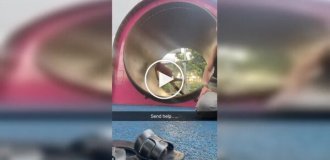Symbol of patriotism and courage of the Paraguayan Navy. Gunboat "Paraguay" (6 photos)
South American Paraguay is a country with no direct access to the ocean. But it has an extensive river network leading to the Atlantic. Without access to the “big water,” Paraguay still has its own fleet, albeit a river one. The flagship of the country's fleet, Armada Nacional de Paraguay, is perhaps the oldest operating gunboat on the planet, the Paraguay. 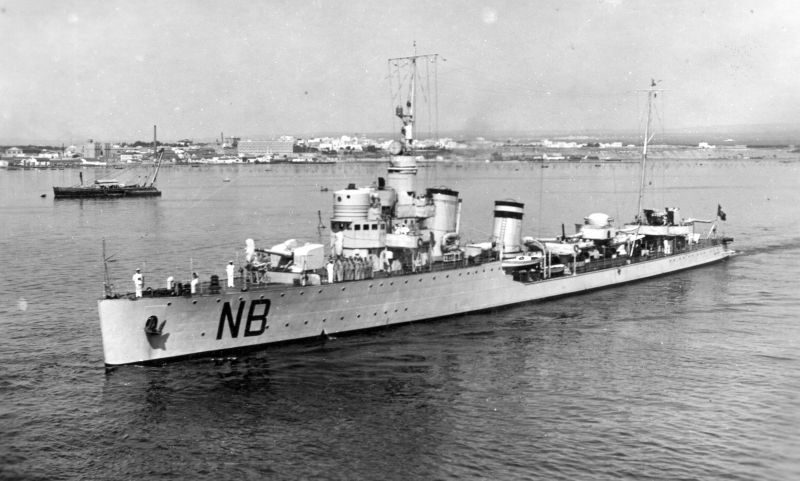
Destroyer "Nembo", type "Turbine"
At the beginning of the journey
Due to growing tensions in relations with neighboring Bolivia, in 1926, the Paraguayan General Staff turned to the country's government with a request to urgently purchase two gunboats from friendly European countries to control the country's river arteries - the Parana and Paraguay rivers. The country's leadership, in turn, believed that Paraguayan engineers themselves were capable of creating a boat project, being familiar with the peculiarities of local shipping.
The development of the design was entrusted to the famous military engineer and naval officer in Paraguay, José Bozzano. The main requirement for the project was the presence of powerful artillery and anti-aircraft weapons.
It took the talented engineer almost a year to create the project. With all the technical documentation, Bozzano went to Europe to find a suitable shipyard for the construction of his ships. As a result, the choice fell on the Italian shipyard in Genoa - Cantieri navali Odero. By that time, the shipyard's shipbuilders had sufficient experience in building warships for the Regia Marina, having launched several modern Turbine-class destroyers.
Four years later, on April 19, 1931, two newly minted flagships of the Paraguayan fleet - the gunboats Paraguay and her sistership Umaita - left Genoa and headed for the Argentine Buenos Aires, from where they were supposed to reach their native shores by inland waters. On board was a small team of officers led by boat designer Jose Bozzano.
Upon arrival in the capital of Paraguay, Asuncion, the newcomers were greeted in a solemn atmosphere by the Paraguayan people. And Bolivia, because of the conflict with which the decision to build the ships was made, desperately protested on the world stage, having learned about the increased artillery power on the rivers of the potential enemy. 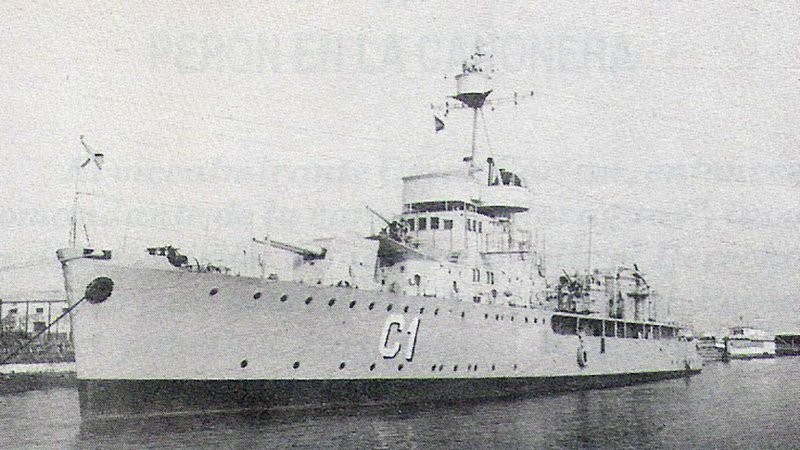
"Paraguay" in Argentina. 1955
Tactical and technical characteristics of ships:
length – 70 m;
width – 10.7 m;
draft – 1.7 m;
total displacement - 856 tons;
two Parsons 3800 hp steam turbines;
maximum speed – 18 knots;
cruising range - 1700 miles at 16 knots;
armament - 4x119 mm guns, 3x76 mm guns, 2x40 mm guns, 2x20 mm automatic machine guns, 6 min;
crew - 86 people.
In truth, it was not for nothing that Bolivia was so concerned about the appearance of such weapons in its neighbor. The artillery power of the ships was consistent with the power of many European destroyers of that time. The gunboats promised to become a serious trump card for Paraguay in any possible conflict.
"Senseless War"
It didn’t take long to wait for the baptism of fire for the country’s new ships. A year later, the flames of war began to flare up in the border province of Gran Chaco. There, according to statements from international oil companies, there were quite large oil deposits. Bolivia, which had long noticed this area of Paraguay, no longer hid its claims to this region. An escalation of the conflict between the two countries could not be avoided, and the armies of both sides began active preparations for a possible clash.
On June 15, 1932, Bolivian troops crossed the border near the city of Pitiantuta and attacked the Paraguayan garrison. This marked the beginning of the most senseless war in the entire history of South America, as many historians call it. The gunboats "Paraguay" and "Umaita" were engaged in the transportation of troops and air defense, and their very presence negated the actions of the small and weak Bolivian fleet. Bolivia naturally lost this war, losing its aviation and suffering heavy losses in personnel. By the way, oil was never found in this region at that time. 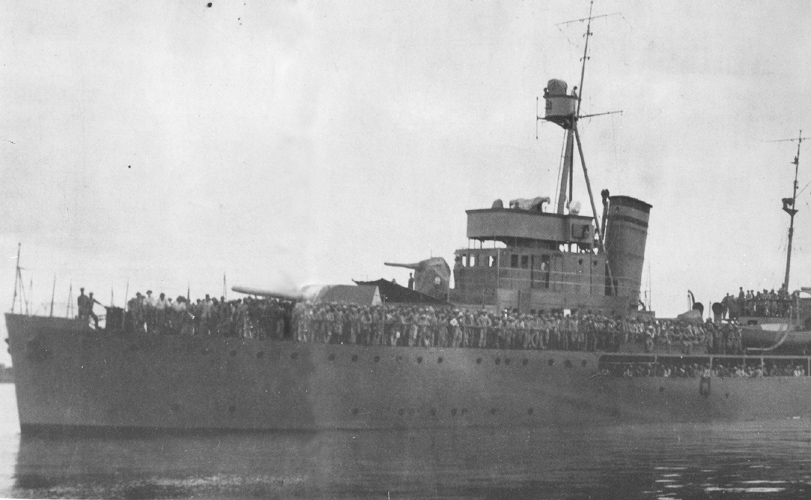
"Paraguay" with troops on board.
"Aurora" in Latin
In 1940, the extremely radical dictator Ihinio Morinigo came to power in Paraguay. Seven years of his rule led to serious divisions in both society and the army, and in March 1947 an uprising broke out in the country. The news of this found the ships in Buenos Aires, where the "Paraguay" and "Humaitu"were undergoing repairs. The sailors of both ships mutinied, captured and arrested officers loyal to Marinigo. Deprived of anti-aircraft guns, dismantled during repairs, the ships left Argentina, ascending the Parana River. Here they were met by Paraguayan aviation loyal to the Morinigo regime. The first raid caused significant damage to both ships, and the Umaita ran aground. Some of the sailors landed ashore to continue the fight, but by the end of July they were captured by government forces. Those remaining on the Paraguay and the refloated Umaita continued to resist. The ships attempted to break into inland waters, but coastal artillery did not allow this to happen. “Paraguay” and “Humaita” had no choice but to return to Argentina, where they were interned and, after the suppression of the uprising, returned to Paraguay. 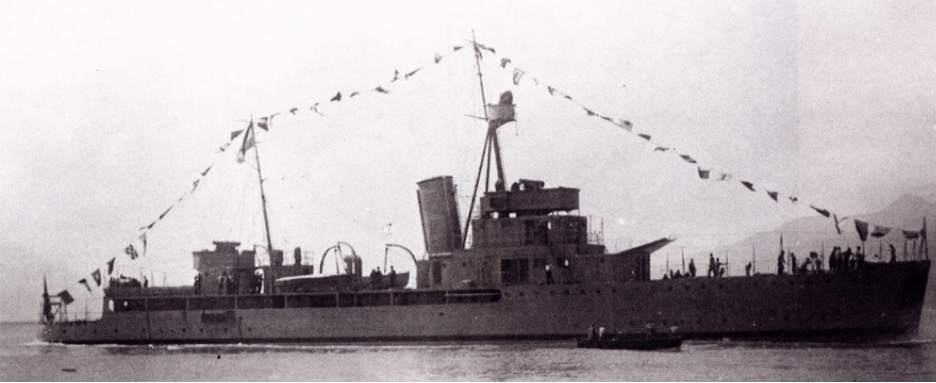
Disarmed Paraguay returns from Argentina
The next “public appearance” was associated with the military coup in Argentina in 1955. Juan Domingo Peron, the country's authoritarian leader, was ousted in a military coup. By agreement with Paraguay, it was on board the Paraguay that Peron was sent into political exile in Spain. A year before these events, Nazi dictator Alfredo Stroessner came to power in Paraguay itself, whose doctrines did not bode well for the people.
In 1975, the ships underwent the necessary modernization of weapons and power systems.
On the night of February 3, 1989, Paraguayan ground forces carried out a military coup against Alfredo Stroessner. For 35 years, his regime repressed adherents of communism, destroyed the political opposition, introduced severe censorship, and police inaction led to unprecedented levels of crime. On the morning of the same day, the gunboats “Paraguay” and “Umaita”, like half a century ago, joined the rebels. They supported the actions of ground troops with artillery fire. As a result, fire support from these ships was almost decisive in the success of the uprising.
On combat duty
The gunboat "Paraguay" is to this day the flagship of the Paraguayan fleet, despite its very venerable age. The possibility of a major overhaul of the ship with the replacement of steam turbines with modern diesel engines is now being considered. The durability of the hull is due to operation in fresh water.
"Umaita" also escaped the fate of being sawn into metal and is now a museum ship, as it took an active part in many historically significant events in Paraguay of the twentieth century. 
Paraguay today
Gunboats of the Paraguay class have become a true symbol of the patriotism and courage of the Paraguayan Navy, remaining in the service of the country for more than 90 years. At the moment, Paraguay is the oldest warship in combat service.

